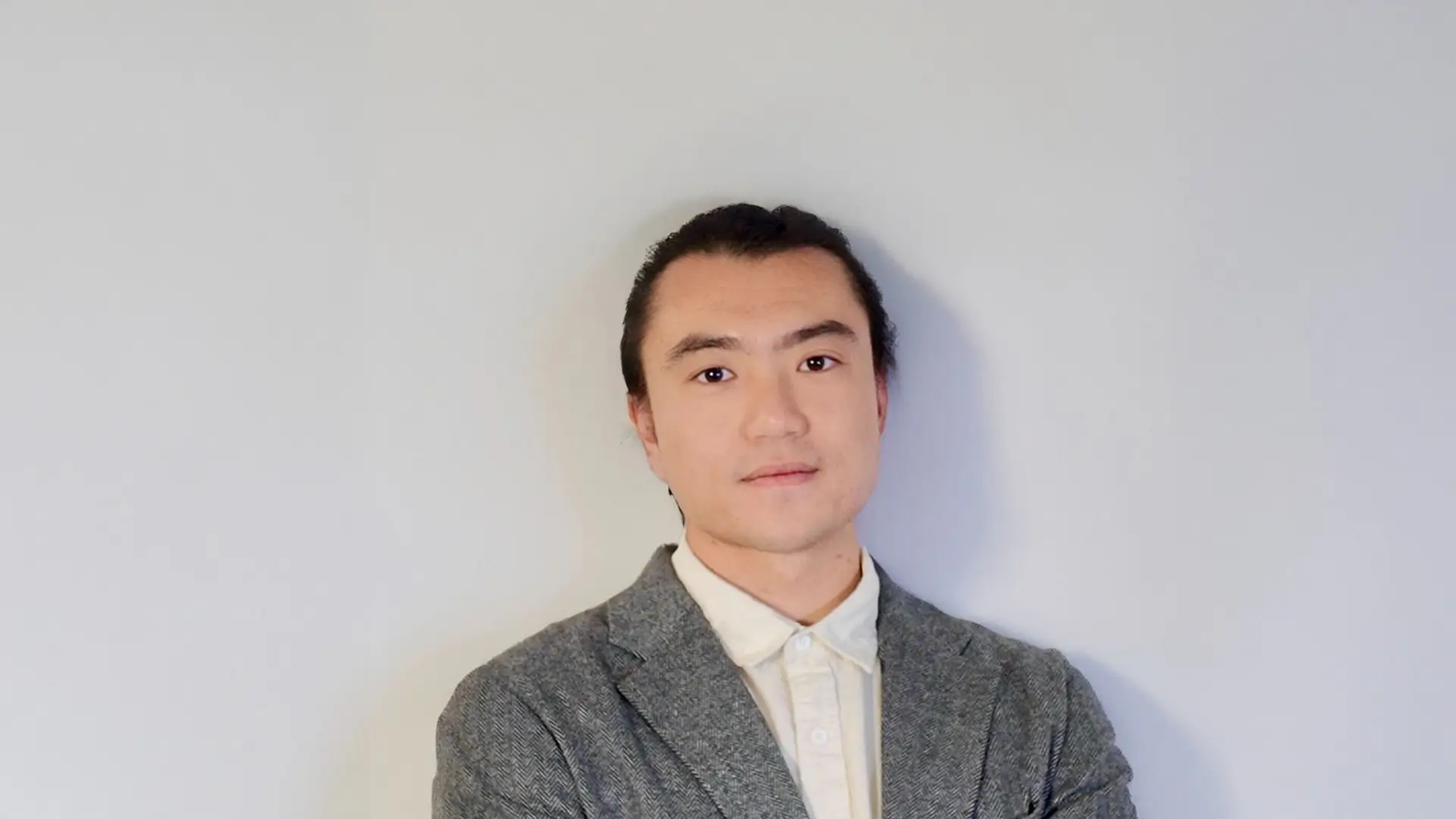Research Engineer, Rong Liu, will present AtomGS which outperforms existing state-of-the-art methods in rendering quality and achieves competitive accuracy in geometry reconstruction
ICT’s Rong Liu, Research Engineer, within the Geospatial Terrain Research Group, is heading to Glasgow to present AtomGS: Atomizing Gaussian Splatting for High-Fidelity Radiance Field at the 35th British Machine Vision Conference (25th – 28th Nov 2024).
The British Machine Vision Conference (BMVC) is the annual conference from the British Machine Vision Association (BMVA), focusing on machine vision, image processing, and pattern recognition. It is one of the major international conferences on computer vision and related areas held in the UK.
Rong Liu joined ICT in 2023, following the completion of his MS, Computer Science (Honors) from the USC Viterbi School of Engineering to pursue his research interests in the intersection of Computer Vision and Machine Learning.
“Currently, my primary focus is on projects related to 3D vision, with a special emphasis on Neural Radiance Fields (NeRF) and 3D Gaussian Splatting,” Liu told us.
The paper, AtomGS: Atomizing Gaussian Splatting for High-Fidelity Radiance Field, and accompanying poster, which Liu will present at BMVC, concerns a breakthrough called AtomGS, developed at ICT.
3D Gaussian Splatting (3DGS) has recently advanced radiance field reconstruction by offering superior capabilities for novel view synthesis and real-time rendering speed. However, its strategy of blending optimization and adaptive density control might lead to suboptimal results; it can sometimes yield noisy geometry and blurry artifacts due to prioritizing optimizing large Gaussians at the cost of adequately densifying smaller ones.
“To address this,” Liu told us, “We introduced AtomGS, consisting of Atomized Proliferation and Geometry-Guided Optimization. The Atomized Proliferation constrains ellipsoid Gaussians of various sizes into more uniform-sized Atom Gaussians. The strategy enhances the representation of areas with fine features by placing greater emphasis on densification in accordance with scene details.”
“In addition, we proposed a Geometry-Guided Optimization approach that incorporates an Edge-Aware Normal Loss. This optimization method effectively smooths flat surfaces while preserving intricate details. Our evaluation shows that AtomGS outperforms existing state-of-the-art methods in rendering quality. Additionally, it achieves competitive accuracy in geometry reconstruction and offers a significant improvement in training speed over other SDF-based methods,” added Liu.
Dr. Andrew Feng, Associate Director, Geospatial Terrain Research, who supervised Rong Liu’s research added: “Our new method, AtomGS, focuses on enhancing the representation of areas with fine features to produce more scene details. The method outperforms existing state-of-the-art methods in rendering quality and achieves competitive accuracy in geometry reconstruction.”
“Rong came up with the new idea for revising the 3DGS densification process and proposed new loss functions that improve 3DGS quality in both rendering and 3D geometry reconstructions,” said Dr. Feng.
We wish Rong Liu all the best with his presentation in Glasgow – and will publish some photos on our social feeds of the ICT research poster in situ.
//
